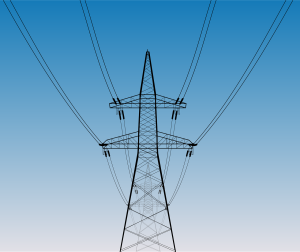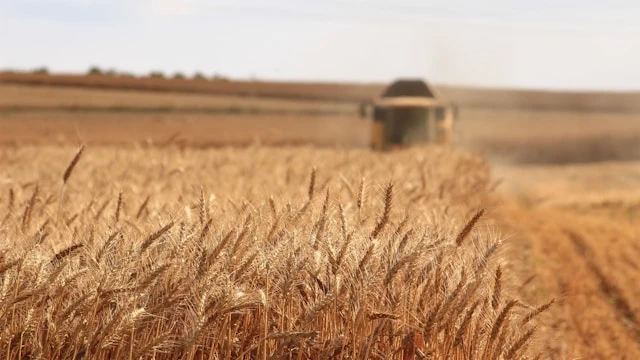For professionals in agriculture, energy, and other weather-sensitive industries, historical weather data is essential for effective long-term planning. Insights from past weather patterns allow for better predictions and help mitigate risks associated with unpredictable weather. This article explores the importance of historical weather data, platforms that provide robust datasets, and how these insights reduce uncertainties.
Why Historical Weather Data is Essential for Long-Term Planning
Historical weather data enables businesses to make informed decisions by analyzing past weather patterns and trends. Industries like agriculture and energy, where operations depend heavily on climate conditions, use this data to forecast future scenarios and adjust their strategies. In analyzing long-term weather data, companies gain several advantages, including:
- Trend Analysis – Recognizing patterns helps industries anticipate potential fluctuations in seasonal weather.
- Risk Management – Businesses can anticipate extreme weather events and implement preventive measures.
- Operational Efficiency – Both agriculture and energy industries can improve operations by aligning with predictable weather cycles.
These benefits directly translate into reduced costs, optimized resources, and enhanced resilience against climate risks. By relying on historical data, companies can allocate resources more effectively, reducing waste and enhancing operational sustainability. Additionally, a well-informed approach to weather-related risks helps companies implement proactive measures, safeguarding both profits and environmental resources in the face of changing climate patterns.
Applications of Historical Weather Data in Agriculture
Agricultural productivity is deeply influenced by climate, with factors such as rainfall, temperature, and frost significantly impacting crop growth and harvest timelines. By utilizing historical weather data, farmers and agricultural planners can adopt practices that align with historical trends, leading to more sustainable and profitable farming.
Crop Planning and Yield Optimization
Understanding patterns in rainfall, temperatures, and frost dates helps farmers select the best planting and harvesting windows. For example, crops sensitive to early frosts can be planted after analyzing the historical average frost dates, thereby reducing potential crop loss. Historical precipitation data, in particular, allows farmers to optimize irrigation schedules, ensuring that water resources are used efficiently, especially in drought-prone areas.
Pest and Disease Control
Pests and plant diseases are often linked to specific weather conditions. Historical weather data allows farmers to anticipate conditions conducive to pest outbreaks and implement timely interventions. For instance, rising temperatures and humidity may create favorable conditions for certain fungi, prompting farmers to apply preventive treatments based on historical patterns.
Energy Sector: Forecasting and Efficiency with Historical Data
In the energy sector, historical weather data is invaluable for predicting power demand, optimizing production, and managing supply. As the shift toward renewable energy grows, understanding how weather variability affects production becomes essential.
Renewable Energy Production Forecasts
For renewable energy sources like wind and solar, production is inherently linked to weather conditions. Historical wind and solar radiation data helps companies forecast production capabilities and manage grid demands accordingly. Solar energy providers, for example, can use data on sunshine hours to optimize the placement of solar panels, ensuring maximum exposure throughout the year.
Demand Forecasting and Load Management

Energy demand typically fluctuates with temperature changes, rising during hot and cold spells due to heating or cooling needs. By analyzing historical temperature data, energy providers can forecast seasonal demand, ensuring adequate supply during peak times and preventing overloads. Utility companies in colder regions can use historical data to prepare for demand spikes during winter, ensuring sufficient energy reserves in advance.
Platforms for Accessing Historical Weather Data
Several platforms provide reliable, extensive historical weather data, essential for industries requiring data-driven insights for decision-making. Accessing historical weather patterns helps businesses and researchers anticipate trends, assess risks, and optimize their operations based on environmental factors. Here’s a selection of reputable sources that professionals can leverage for data-driven planning:
- National Oceanic and Atmospheric Administration (NOAA) – Offers extensive climate data for North America, with detailed historical records covering various weather parameters.
- World Meteorological Organization (WMO) – Delivers global data, ideal for companies with operations spanning multiple countries.
- IBM’s Weather Company – Provides highly granular weather data, especially useful for localized forecasts in agriculture and energy.
- European Centre for Medium-Range Weather Forecasts (ECMWF) – Specializes in climate data for Europe with detailed seasonal forecasts.
- OpenWeather and Meteostat – These platforms offer free and subscription-based access to weather history, making them accessible options for smaller operations.
Reducing Uncertainties Through Historical Data
Historical weather data is not merely a record of past events. It’s a tool for reducing uncertainties associated with future planning. For industries where profitability hinges on climate stability, such data is crucial for building resilience against unforeseen shifts in weather patterns. Historical data helps minimize uncertainties in several ways.
First, by analyzing past data, companies can estimate the likelihood of extreme weather events and develop response plans. Knowing historical trends allows companies to budget for anticipated seasonal changes, helping to control costs associated with peak demands or resource shortages.
Key Benefits of Historical Weather Data for Professionals
Historical weather data provides essential benefits across industries such as agriculture, energy, and logistics, where accurate forecasting, risk mitigation, and operational efficiency are critical. By analyzing trends from past data, professionals can make more accurate long-term forecasts and better prepare for climate-related disruptions. This proactive approach helps minimize losses and aligns seasonal activities with anticipated weather patterns, improving both safety and productivity.
In addition to enhancing efficiency, historical data supports sustainable practices by allowing for informed resource allocation and planning that reduces environmental impact. For example, understanding historical weather patterns can help farmers conserve water, and energy companies optimize fuel use. Integrating this data into planning processes enables organizations to make data-driven decisions that foster resilience and sustainability, which is crucial in today’s changing climate landscape.

